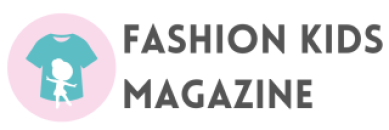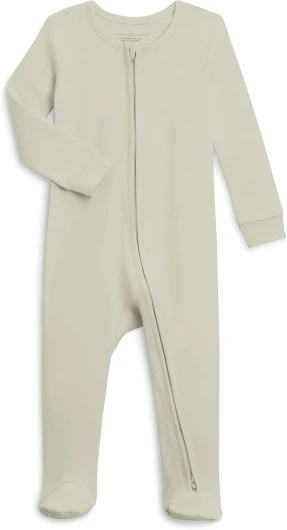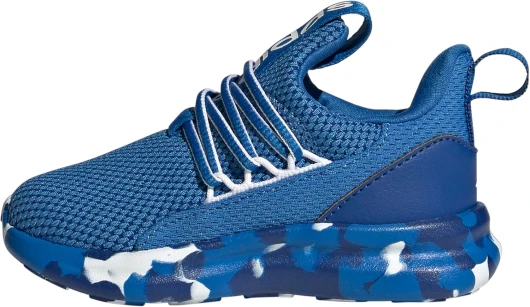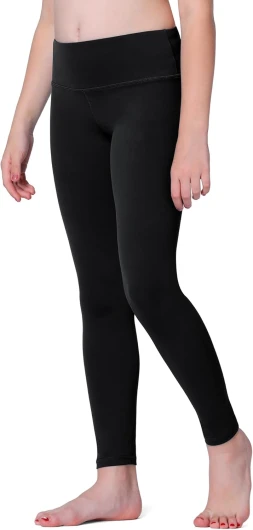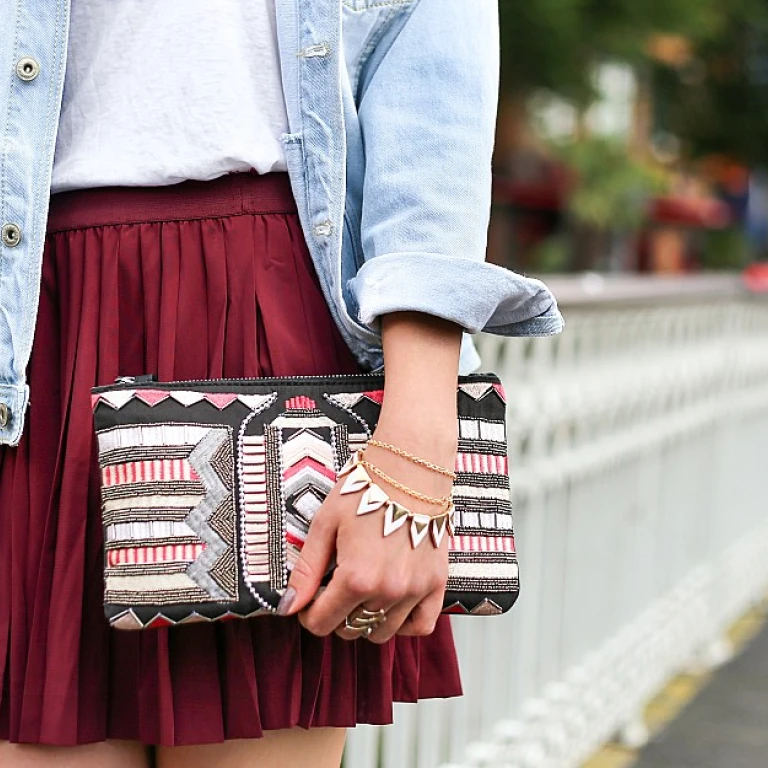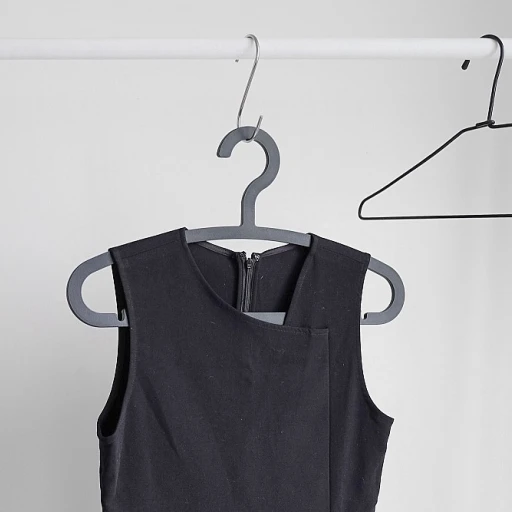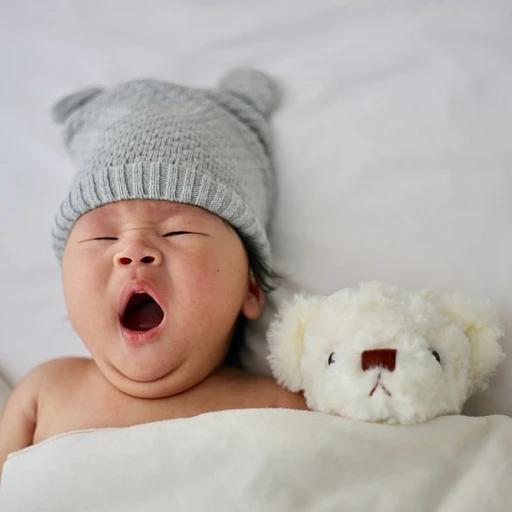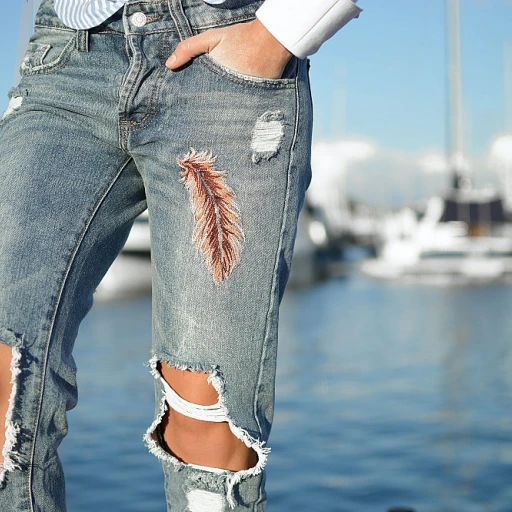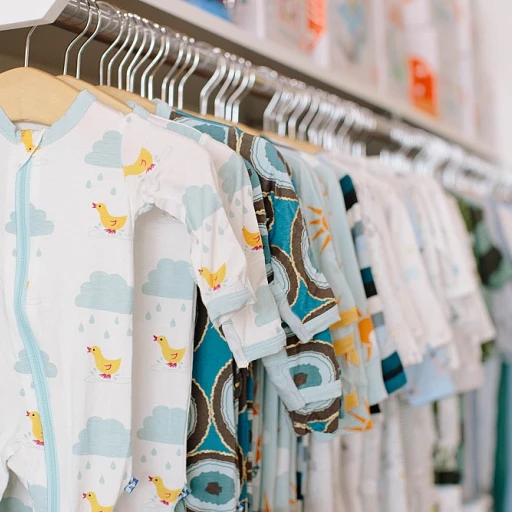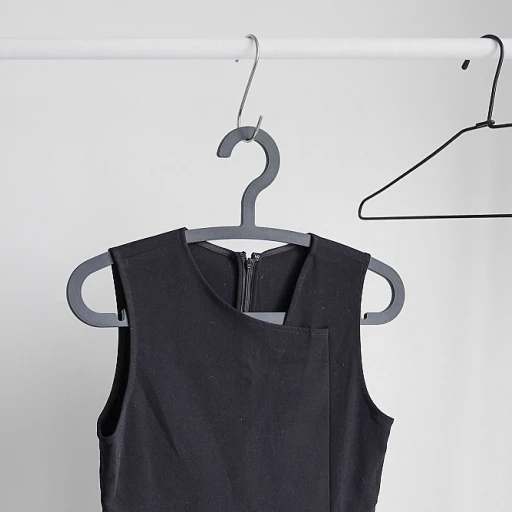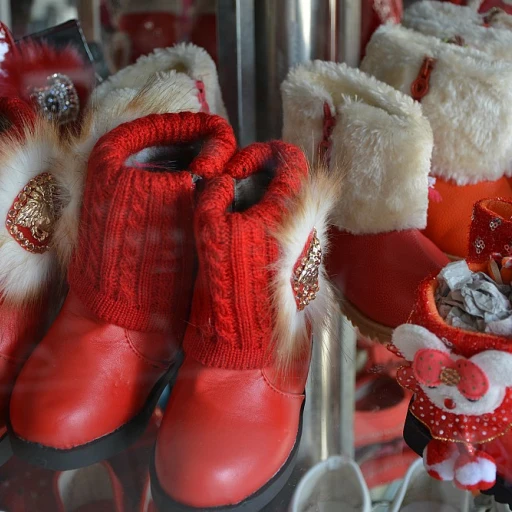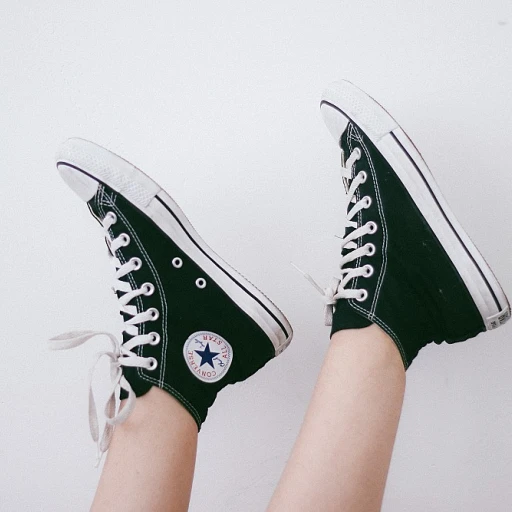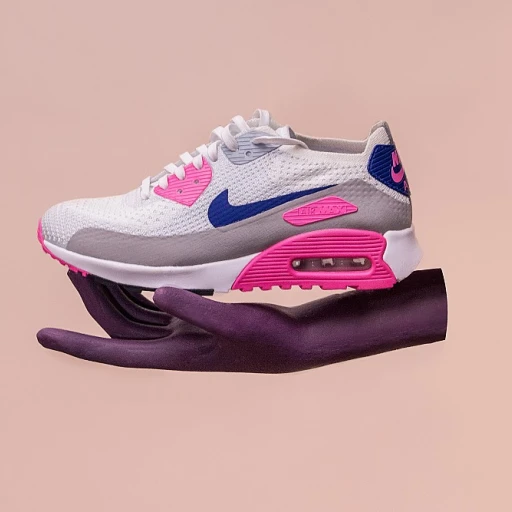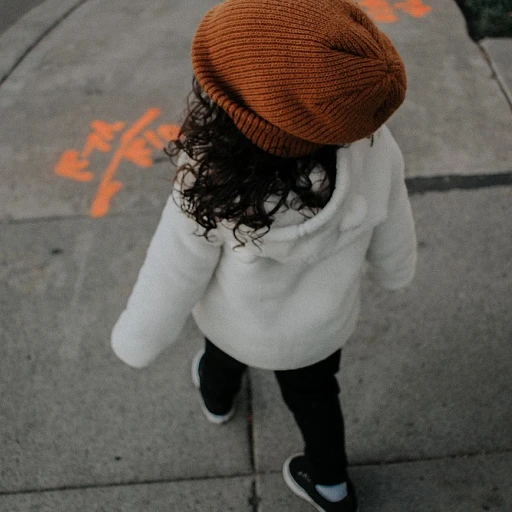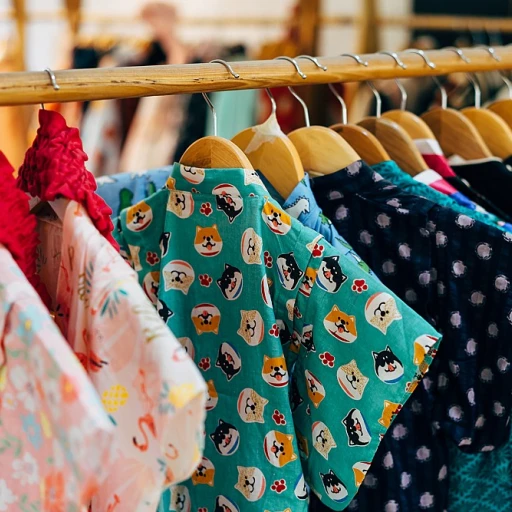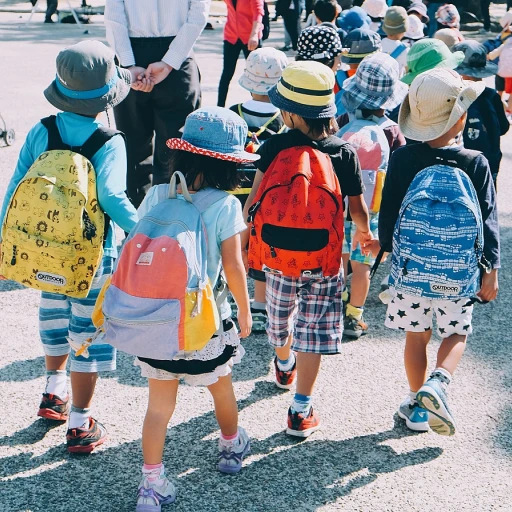
The Green Wave: Understanding Sustainable Kids' Fashion
Eco-Conscious Approach to Children's Wardrobes
The 'Green Wave' is not just a trend; it's a movement sweeping across industries, and the domain of kids' fashion is riding its crest with determination. As an analyst deeply immersed in the children's apparel scene, it's evident that sustainability has become the clarion call for change. Sustainable kids' fashion is not just about environment-friendly processes but encompasses a holistic approach involving ethical sourcing, production, and disposal of children's clothing.
Recent statistics reflect a significant shift: A 2021 report revealed that eco-friendly fashion is gaining traction, with more than 60% of parents showing a preference for sustainably produced children's wear. This illustrates a profound change in consumer attitudes, suggesting a definitive trajectory towards more responsible apparel choices for their children.
In the realm of fashion design for kids, the implications of sustainability are profound. Designers are rethinking their approaches, emphasizing durability and timelessness over fleeting trends, thus aligning with the eco-friendly ethos of 'buy less, buy better'. Furthermore, such principles are shaping not only the aesthetics of children's fashion but also the very fabric of the community that values sustainability in childhood.
Leading by Example: Eco-Friendly Innovators
As the discourse surrounding eco-friendly kids' wear grows, we witness pioneering brands setting benchmarks in the industry. By integrating sustainable practices into their business models, they are not just promoting green products but are also educating consumers and setting new standards. Names like Patagonia with its 'Worn Wear' program and Stella McCartney's commitment to sustainability have become synonymous with the movement toward environmentally friendly kids' fashion.
Such brands are making monumental strides by introducing recycled materials, reducing water waste, and ensuring fair trade practices, thus inspiring a ripple effect among other players in the fashion landscape. It is their unwavering commitment to eco-conscious values that strongly resonates with today's consumers, as witnessed by these companies' rising sales figures and brand loyalty.
Looking at the industry from a strategic perspective, it is clear these trailblazers are not merely adapting to a trend but are reshaping the market's dynamics. They are crafting a narrative of responsibility that is likely to influence the children wearing their clothes to grow up as conscious consumers themselves.
Enduring Trend or Enduring Shift?
Is the surge in sustainable kids' fashion just a passing trend, or is it marking the beginnings of an irreversible shift? Considering the rise in consumer awareness, the integration of eco-friendly materials, and the commitment of leading brands, this movement shows all the signs of an enduring change. Evolving customer values are clear indicators that sustainability is far from a mere trend but is increasingly considered to be an integral aspect of children's fashion.
The ever-growing emphasis on sustainability reflects a broader societal value shift, particularly amongst millennial parents. This demographic, which is more tuned into social and environmental issues, is propelling the demand for sustainable products. In response, brands are not just meeting this demand but are anticipating it, forging the path for sustainable options to become deeply entrenched within the kids' fashion industry.
To sum up the sentiment, as the adage goes, 'We do not inherit the earth from our ancestors; we borrow it from our children.' This pervasive thought underpins the commitment of the fashion industry to sustainability, ensuring that today's green wave in children's fashion is sown with the seeds of longevity.
Materials Matter: What Fabrics Are Leading the Eco-Friendly Charge?
The Surge of Eco-Conscious Clothing in Children's Wardrobes
As we ride the green wave, it's clear that the landscape of children's fashion is undergoing a transformative shift towards sustainable kids' fashion. A myriad of factors contribute to this change, with increased awareness of environmental impact at the forefront. According to a recent study, a staggering 81% of global consumers feel strongly that companies should help improve the environment, spotlighting sustainability as not just a buzzword but a consumer demand. This sentiment is penetrating the kids' fashion industry, impelling brands to act with eco-minded strategies.
In the realm of children’s apparel, sustainable fashion is no longer a niche market. It's becoming a significant player in mainstream retail, with eco-friendly materials leading the charge. As parents become more environmentally conscious, they seek out organic, recycled, and biodegradable fabrics for their little ones, recognizing that this movement is integral for a healthier planet and future. This eco-shift is undoubtedly influencing the textures and designs we are now seeing on the racks of children’s clothing stores.
The Inextricable Link Between Eco-Products and Child Health
Tapping into the potency of this movement, it's crucial to acknowledge the direct connection between sustainable materials and the health of our children. Synthetic fabrics often contain chemicals that can be harmful, leading to an alarming concern over skin sensitivities and allergies in children. Through sustainable kids' fashion, we move towards materials that are not only kinder to the planet but also gentler on the delicate skin of youngsters. A collaboration between Global Organic Textile Standard (GOTS) and the Organic Trade Association revealed that organic cotton sales have surged, testifying to its increasing popularity and validity in the world of eco-conscious family shopping.
The integration of sustainable elements into kids' fashion isn't limited to the fabrics used; it encompasses the entire lifecycle of the clothing piece, from design conception to final product disposal. Thus, this 'green wave' is reshaping not only the wardrobes of the young fashionistas but also enhancing parental perspectives on purchasing decisions that align with ethical and eco-friendly principles.
Educating the Future Generations: Sustainability as a Learning Curve
Embracing sustainable kids' fashion also paves the way for education around environmental stewardship from a tender age. It's a powerful platform to teach children about the value of caring for the earth, offering a tangible touchpoint through their clothing choices. Integrating values like reuse and recycle in their lifestyle from early on can have a profound effect on how they perceive and interact with the world in their future. Moreover, the fashion industry at large is responsible for an estimated 10% of global carbon dioxide output, highlighting the importance of instilling these eco-friendly habits in the next generation that will inherit this planet.
The Impact of Sustainability on Fashion Design for Kids
The Vanguard Fabrics in Eco-Conscious Children's Apparel
As the landscape of children's fashion is increasingly painted in shades of green, the importance of eco-friendly materials cannot be underplayed. Organic cotton, often hailed as the superhero of sustainable fabrics, leads the charge, making up a significant percentage of environmentally-friendly kids' clothing. According to the Global Organic Textile Standard (GOTS), organic cotton's market share has been growing steadily, with a high demand surge of over 10% in recent years.
Revolutionary Fibers: More than Cotton
However, the realm of sustainable fabrics extends beyond cotton's soft embrace. Innovative fibers like Tencel™, derived from sustainably sourced wood, and Repreve®, a material made from recycled plastic bottles, are increasingly prevalent. The Sustainable Apparel Coalition has reported that the use of recycled fibers has saved millions of gallons of water and reduced considerable amounts of greenhouse gas emissions, setting a new bar for the industry's ecological footprint.
Comfort and Durability: A Dual Focus
When discussing sustainable fabrics for kids' fashion, it's crucial to touch on both comfort and durability. Hemp, a robust yet comfortable material, has observed a resurgence, particularly for its durability and low environmental impact. The popularity of bamboo fabric is also on the rise, as explained by a recent study showing its hypoallergenic and thermoregulating properties that make it ideal for children's sensitive skin. Statistics showcase a growth trend in bamboo textiles, predicted to increase by a compound annual growth rate (CAGR) of approximately 5% over the next decade.
Transparent Production Streams: A New Norm
In line with these material advancements, transparency in the production process is becoming a new norm. Consumers are now more than ever interested in where and how their children's clothes are made. Brands are responding by disclosing their supply chain processes, with a notable move towards materials certified by Fair Trade and Bluesign® standards, ensuring that the materials used are toxin-free and ethically sourced. The demand for traceability has led to a 30% uptick in brands investing in supply chain transparency, as recent research from the Fashion Transparency Index reveals.
Eco-Innovation: Blazing a Sustainable Trail
The children's fashion sector is not just adopting existing sustainable materials but is also pioneering eco-innovation. Recent developments have introduced fabrics like reclaimed fishing nets transformed into nylon, highlighting that the ways to incorporate sustainability into fashion are as boundless as our imagination. Patagonia, a leader in sustainable practices, reports that through their innovative material usage, they've diverted over 200 tons of fishing nets from the ocean, turning waste into whimsical children's wear without compromising on style or function.
Brands at the Forefront: Who's Paving the Way for Eco-Friendly Kids' Wear?
Eco-Conscious Design Approaches in Children's Clothing
As parents increasingly seek out sustainable options for their families, fashion designers have responded by integrating eco-friendliness into the very fabric of kids' clothing lines. With 56% of consumers willing to pay more for sustainable products, according to a Nielsen report, the impact on children's fashion design is substantial. Designers are not merely swapping materials; they are reinventing their creative process to minimize waste and support a circular economy.
Innovative Use of Recycled and Organic Materials
Beyond traditional cotton and wool, designers are pioneering the use of materials such as recycled polyester and organic bamboo in children's wear. Statistics reveal that recycled polyester can reduce energy consumption by up to 45% compared to virgin polyester. This innovation signifies a shift towards materials that extend the lifecycle of children's garments, thus echoing the sustainability ethos in both structure and style of the designs.
Sustainability Influencing Kids' Fashion Aesthetics
The influence of sustainability is not confined to materials alone. It extends to the aesthetics and functionality of kids' wear. For instance, 'growing garments' - clothes that adapt to the child's growth - are becoming increasingly popular. These designs often incorporate adjustable features, reducing the frequency of purchases and the overall environmental footprint. It’s an analytical approach that speaks to a 22% increase in eco-friendly product launches, per Innova Market Insights. Designers are rallying around the idea that good design is responsible design, offering beautiful, practical, and sustainable options for the young fashion enthusiast.
Leading Designers Endorsing Sustainable Best Practices
Sustainable designs often come with a narrative, allowing children to wear stories on their sleeves, literally. This approach imbues clothing with an eloquent and personal touch, reflecting a world where eco-friendly children's fashion is not just about color and cut but also about the message it conveys. Leading designers are not shying away from this responsibility, as seen in their commitment to sustainable best practices and transparency, which resonates well with the 32% of consumers who expect brands to be environmentally responsible according to a study by Cone Communications.
Smart Designs Reducing Environmental Impact
Moreover, smart designs such as modular children's wear, which allows for parts to be replaced or updated, are gaining traction. This innovative approach ensures that the clothes can evolve over time, keeping pace with trends without unnecessary consumption. As the fashion industry grapples with its environmental impact, these strategic, detail-oriented designs are proving to be both passion-led and provocatively instructional for both the industry and the consumer.
From Trend to Tradition: Is Sustainability Here to Stay in Kids' Fashion?
Leading Brands Making Sustainable Fashion a Child's Play
The children's fashion scene is witnessing a remarkable transformation, with some forward-thinking brands setting the pace. According to the 2022 Sustainable Fashion Statistics, a staggering 73% of global consumers expressed a willingness to change their consumption habits to reduce environmental impact. This sentiment has propelled brands like Mini Rodini and Stella McCartney Kids to integrate eco-friendly materials into their collections seamlessly. Mini Rodini ensures every delightful print and quirky design meets their stringent sustainable criteria, using organic cotton and recycled polyester extensively.
Stella McCartney Kids is synonymous with luxury and sustainability, weaving ethics into the fabric of its brand ethos. With upwards of 65% of their materials being sustainable—a goal that they're steadily increasing each year—they stand out in the kids' fashion industry for their commitment to ethical practices without compromising on style.
Innovative Labels Cultivating a Greener Future
Small but mighty, newer labels are also sprouting up and making impressive strides towards sustainability. Take, for example, Frugi, a UK-based company that boasts a 100% organic cotton range and uses recycled plastic bottles to create their outerwear. Their innovative approach to recycling has seen them rescue over half a million bottles from landfills, transforming them into cute and functional kidswear. This form of upcycling represents not just a fashion statement but a move toward greater circularity in the industry.
Another notable mention is Patagonia, a brand that has long championed the fight against fast fashion by offering a repair program to extend the life of its garments—proving that durability can be just as trendy and eco-conscious. Patagonia has even initiated a 'Worn Wear' program, encouraging parents to trade in their children's outgrown clothes, reinforcing a shared responsibility towards a better planet.
Certifications and Collaborations Defining a New Era
To further boost the integrity of sustainable children's fashion, certifications like the Global Organic Textile Standard (GOTS) play a pivotal role. Brands such as Turtledove London wear this certification as a badge of honor, assuring parents of their commitment to high standards of environmentally and socially responsible manufacturing. They are not just selling clothes; they are weaving the narrative of eco-awareness into every garment.
Cross-industry collaborations are also on the rise, with high-profile pairings between kidswear brands and environmental initiatives drawing significant media attention. A notable example is the collaboration between H&M and the World Wildlife Fund (WWF) in creating conscious children's collections that promote sustainability through both practice and education.
